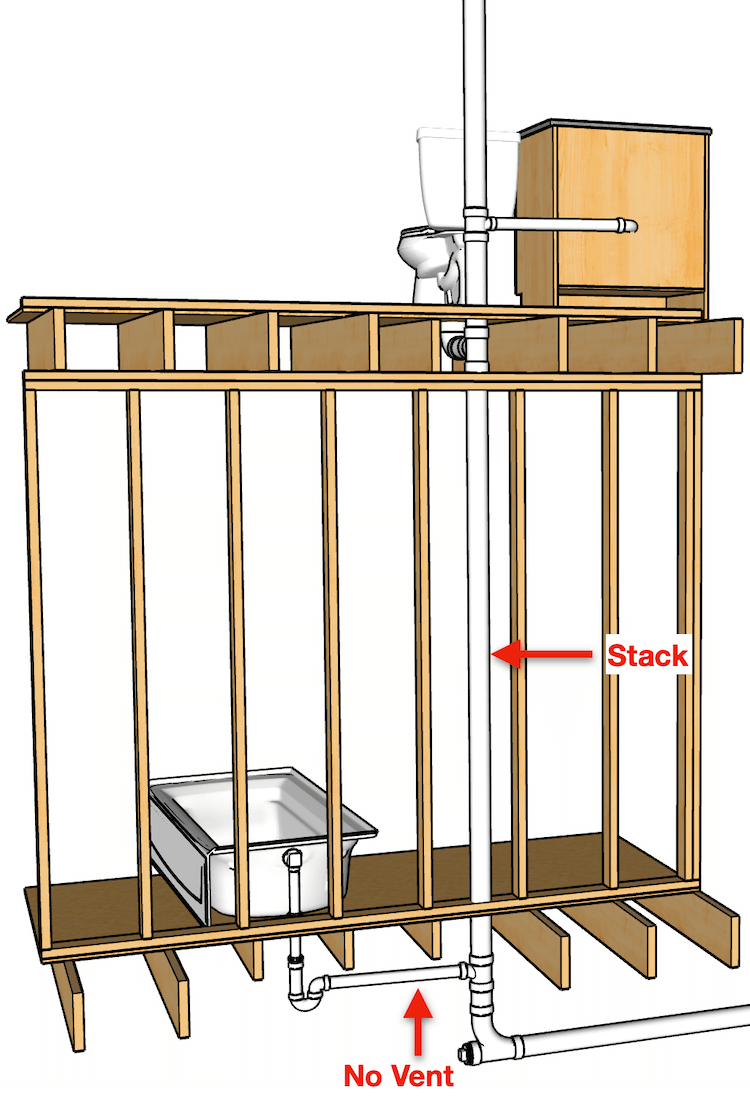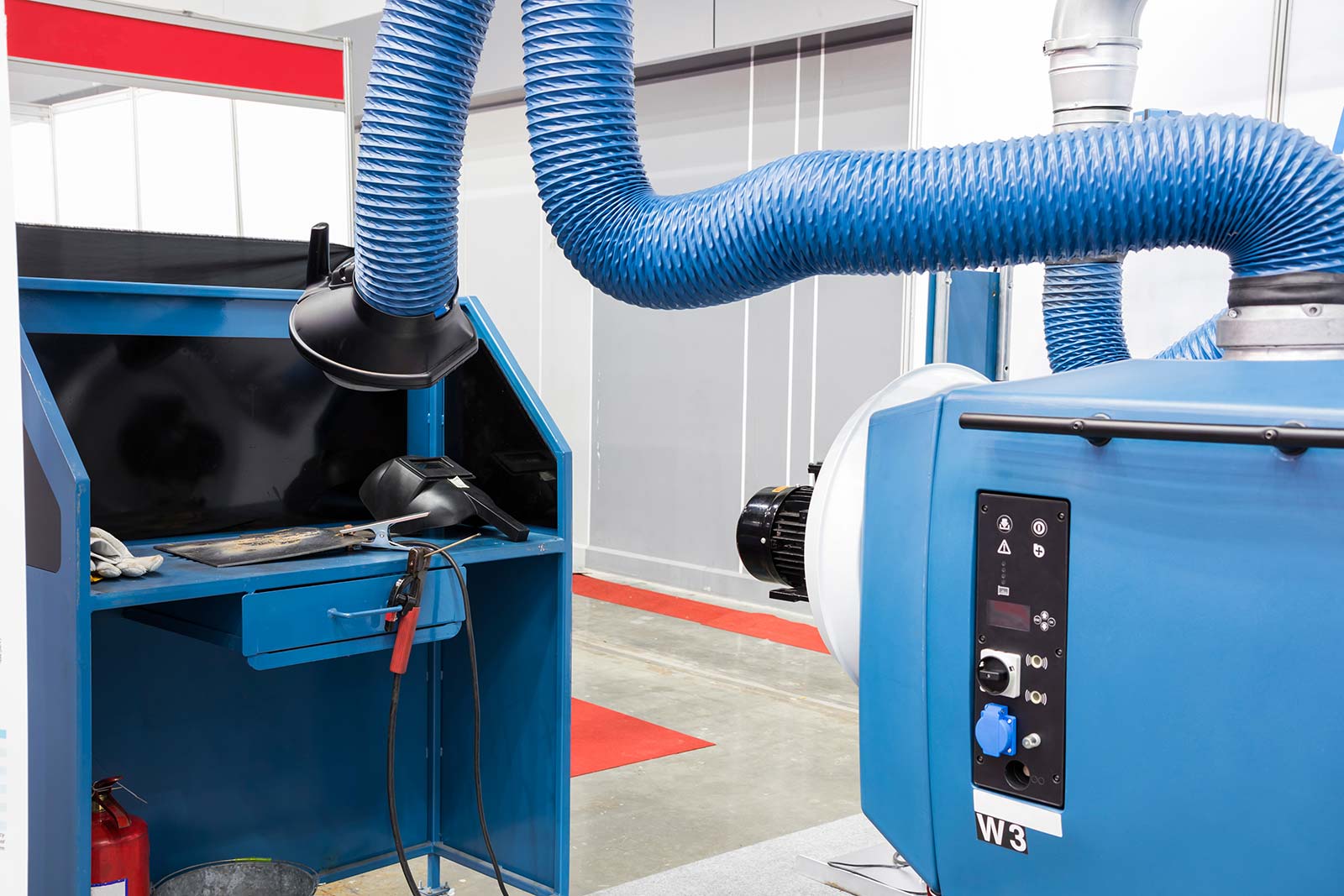We have unearthed the article pertaining to Essential Plumbing Vent Pipes: Understanding Their Role down the page on the net and figured it made good sense to discuss it with you in this article.

Appropriate air flow in plumbing systems is usually ignored, yet it is important for preserving the capability and security of your home's pipes. Ventilation assists control air pressure, avoid the build-up of dangerous gases, and guarantee the reliable removal of waste. In this overview, we will discover the relevance of correct pipes ventilation, how it works, and the benefits it offers your pipes system.
Recognizing Air Flow in Plumbing
Air flow in plumbing describes the network of pipes that permit air to stream through the drain system. These vents serve multiple purposes, consisting of regulating atmospheric pressure within the pipes, protecting against sewage system gases from getting in the home, and helping in the smooth flow of wastewater.
Just How Air Flow Works in Pipes Solutions
Air Pressure Guideline
Proper air flow preserves well balanced air pressure within the pipes system. When water flows with pipes, it displaces air. Without appropriate air flow, this displacement can produce negative pressure, bring about slow drains pipes or siphoning of water from catches, which can cause unpleasant odors to permeate right into the home.
Avoiding Drain Gas Build-up
Among one of the most crucial features of pipes vents is to stop sewage system gases, such as methane and hydrogen sulfide, from accumulating within the home. These gases can posture serious health and wellness dangers and are very combustible. Vent pipes allow these gases to escape safely outdoors.
Helping in Waste Elimination
Ventilation assists in the efficient removal of wastewater by preventing airlocks in the drainage system. When air can move freely via the vents, it permits water and waste to stream smoothly through the pipelines, lowering the risk of clogs and backups.
Sorts Of Plumbing Vents
Key Heap Vent
The primary stack vent, additionally known as the vent stack, is the primary vent in a pipes system. It extends from the major drainpipe line up via the roof covering, enabling gases to get away and fresh air to enter the system.
Branch Vent
Branch vents attach to the major stack air vent and serve private components, such as sinks, toilets, and showers. These vents make certain that each fixture has sufficient ventilation to work effectively.
Air Admission Valve (AAV).
An Air Admittance Valve (AAV) is a one-way valve that enables air to go into the pipes system without the need for a typical vent pipeline expanding with the roofing system. AAVs are commonly made use of in restorations or areas where mounting a standard air vent is impractical.
Indicators of Poor Air Flow in Pipes.
Slow Draining Fixtures.
If your sinks, bathtubs, or bathrooms are draining slowly, maybe an indicator of bad air flow. Poor air circulation can produce a vacuum result, making it tough for water to drain correctly.
Gurgling Appears.
Gurgling noises originating from drains pipes are typically a result of air being drawn via water catches because of negative stress in the pipelines. This is a clear indicator of inadequate air flow.
Undesirable Smells.
Sewer smells inside your home are a red flag that your pipes system is not correctly aerated. This might mean that sewage system gases are not being effectively vented outside, bring about potentially unsafe problems.
Common Ventilation Blunders.
Inadequate Vent Sizing.
Utilizing small air vent pipelines can cause bad air flow and pressure imbalances in the system. It's necessary to utilize vents that meet the details needs of your plumbing system.
Improper Vent Placement.
Positioning vents as well much from the components they serve can lower their efficiency. Proper positioning makes sure that air can flow openly and efficiently via the system.
Ignoring Code Demands.
Building codes give particular standards for plumbing ventilation. Overlooking these codes can result in a system that falls short to work properly and might cause expensive repair work or carcinogen.
Advantages of Appropriate Air Flow.
Improved System Efficiency.
Appropriately ventilated plumbing systems operate much more successfully, with fewer blockages, faster draining, and less stress on the pipes. This efficiency extends the life expectancy of the pipes system.
Improved Air Top Quality.
By preventing sewer gases from entering your home, correct air flow adds to much better indoor air top quality, making your living setting healthier and a lot more comfortable.
Preventing Water Damages.
Sufficient air flow assists stop water from being siphoned out of catches, which can result in drain gases going into the home and causing water damage gradually.
Actions to Ensure Correct Ventilation.
Consulting Pipes Codes.
Constantly seek advice from regional pipes codes when designing or customizing your pipes system. These codes give the necessary standards for correct venting and ensure your system fulfills safety and security criteria.
Routine Assessment and Maintenance.
Normal examinations can assist recognize prospective air flow concerns before they become major troubles. Maintenance jobs, such as cleaning air vent pipelines and checking for obstructions, are important for keeping the system in good working order.
Specialist Setup.
For brand-new installations or significant modifications, it's a good idea to hire a specialist plumbing. They have the experience to make certain the ventilation system is properly designed and mounted according to code.
Final thought.
Proper ventilation is a vital element of any pipes system, ensuring that it functions effectively and securely. By comprehending the relevance of air flow, acknowledging the indicators of poor ventilation, and taking steps to maintain your system, you can prevent pricey concerns and protect your home's air high quality.
4 Things You Should Know About Your Plumbing Vents
What Plumbing Vents Are
Also called a vent stack, a plumbing vent is a vertical pipe attached to your drain line that runs through your roof. The plumbing vent pipe, or plumbing air vent, removes gas and odors from your plumbing system and allows fresh air to enter the pipes, helping the water to flow out of the drain pipes.
What Plumbing Vents Do
Plumbing vents have two basic functions. One of which is to allow unpleasant smelling wastewater and sewer gasses to escape your plumbing system instead of entering your home. Plumbing vent pipes are typically located on roofs, away from windows, to ensure the fumes exit the home completely.
The other function of the plumbing vent is to move fresh air into your plumbing system. This helps move water through every plumbing fixture in your house, like toilets and sink drains. Think of the way in which you need to let a little air into the bottle as you pour soda in order to make the drink flow smoothly.
Different Types of Plumbing Vents
- True vent: This is the most common vent option. In simplest terms, a true vent is a vertical pipe attached to your drain line that exits through the roof. They often function as the main vent that other fixtures can connect to.
- Re-vent pipe or auxiliary vent: Attached to the drain line near specific plumbing fixtures, re-vent pipes run up and over to connect to the main vent.
- Common vent: Two plumbing fixtures installed on opposite sides of a wall are typically tied into the vent stack using something known as a sanitary cross.
- Wet vent: This venting option operates as a drain pipe and a vent at the same time. Wet vent drainage systems drain water from one fixture while venting the air from another. Although they’ve been used for over 100 years, wet vent systems have only recently been added to the plumbing code in many areas. If you’re planning on installing one in a bathroom remodel, make sure you check your local code prior to construction.
- Loop vent: For free-standing fixtures like kitchen island sinks, loop vents are ideal. These vent pipes run under the floor, rise from the P-trap, and create a loop inside the cabinet sink.
- Air admittance valve: An AAV is a one-way mechanical valve typically installed at the site of the plumbing fixture. AAVs allow venting to occur without having to tie into a larger venting system. They’re ideal for venting fixtures where you aren’t able to easily connect to an existing vent system.
Common Plumbing Vent Issues
Although vent pipes typically don’t have water flowing through them, they’re still subject to many typical plumbing issues. For example, clogs are one of the most common problems associated with sewer vent pipes. If your vent pipe gets clogged, all of your plumbing fixtures tied into the vent stack will be affected.
A sink with a slow drain that bubbles and gurgles or a strong sewage smell around your toilet are both indicators that your toilet vent pipe is clogged. Because most vent pipes exit through the roof, old leaves, twigs or even a bird’s nest could be clogging the pipe.
Clogs in your vent pipe system cause a buildup of negative pressure, meaning that water won’t be able to flow out of your home very well. It’s similar to putting your finger over the opening of a straw to trap water inside. When you remove your finger, the water is able to flow out of the straw.
If you suspect you have any blockage in your vent, make sure you have a professional come examine the situation. Left unchecked, a blocked air vent can lead to other costly repairs, like leaks and sediment buildup.
Under Pressure
Pipe vents are essential aspects of a home’s plumbing system. Owning a home means learning about all sorts of things you never put much thought into before. But by understanding as much as you can about the important systems of your home, you can keep those budgets intact and those anxiety levels low.
https://www.homeserve.com/en-us/blog/home-improvement/plumbing-vents/

We are very intrigued by Essential Plumbing Vent Pipes: Understanding Their Role and I really hope you enjoyed our entry. Sharing is nice. You won't know, you might be doing someone a favor. Thanks for being here. Kindly come visit our website back soon.
Click Here
Comments on “How Correct Ventilation is Crucial in Plumbing Systems”